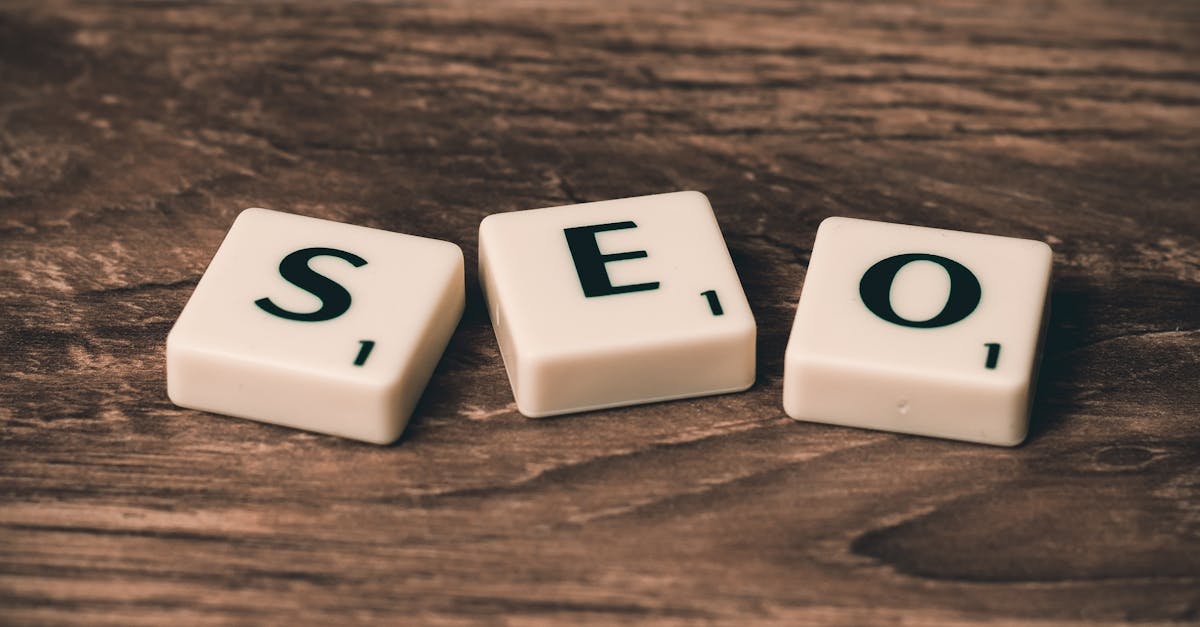Hey there! So, you’re trying to get your business or project noticed online, huh? It feels like everyone and their grandma has a website or social media these days, and standing out in that crowd can feel tougher than finding a specific Lego brick in a giant bin. You’ve probably heard terms like “SEO” thrown around, and maybe it sounds a bit technical or even scary. But honestly, it’s just about helping search engines, like Google, understand what your stuff is all about so they can show it to the right people looking for it. Think of it as being the friendliest, most helpful shop on a busy street. This article’s gonna walk you through some simple but super effective SEO tips. By the time you’re done reading, you’ll have a much clearer idea of how to make your online presence way more visible, bringing more of those right people right to you.
Finding the Right Words (Keywords, Baby!)
Okay, first up, keywords. Don’t let the fancy name fool you. This is literally about figuring out what words people type into Google when they’re looking for something like what you offer. Imagine you sell amazing homemade cookies. Are people typing “artisanal baked goods” or are they typing “best chocolate chip cookies near me”? Chances are, it’s the second one, right?
So, how do you find these words? You gotta put yourself in your customer’s shoes. What problems are they trying to solve? What are they searching for? There are tools out there, some free, some paid, that can give you ideas and even show you how many people search for certain phrases. For instance, maybe you sell vintage video games. While “retro gaming items” might sound cool, more people might be searching for “Nintendo 64 games for sale” or “old Sega Genesis consoles.” Finding these specific phrases, often called “long-tail keywords” because they’re longer than one or two words, can be gold. They usually tell you exactly what someone wants, and if your page offers it, that’s a perfect match! It’s like knowing someone is looking for a *red* bike, not just *a* bike, and being able to say, “Hey, I’ve got that exact red bike!”
Making Your Pages Shine (On-Page SEO)
Once you know the words people are using, you need to use them smartly on your website pages. This is called on-page SEO. Think of each page on your site as a mini-shop window. You want to make it super clear what’s inside so someone walking by (or a search engine ‘bot’ crawling your site) instantly gets it.
Where do you put those keywords? The most important spot is the title of your page (that’s the bit you see in the browser tab). Make it catchy and include your main keyword. Then, use the keyword naturally in the main heading on the page and throughout the text. Don’t just stuff it in everywhere – that sounds weird and readers hate it, and Google’s gotten really good at spotting that. It’s like trying to sell those cookies and just saying “Cookies cookies cookies cookies” over and over. Nope. Instead, talk about why your chocolate chip cookies are the best, mention they’re homemade, and maybe say you’re in a specific town. Use your keywords in image descriptions (called ‘alt text’) too – this helps visually impaired users and search engines understand your pictures. It’s all about making your content easy to understand for both humans and robots!
The Stuff Under the Hood (Technical SEO)
Okay, this part sounds a bit more technical, but it’s super important and often easier to fix than you think. Technical SEO is about making sure your website works properly so search engines can easily find, understand, and show your pages. Imagine building a beautiful house, but the front door is stuck, and the directions to get there are wrong. Nobody’s getting in, right?
A biggie is site speed. If your website takes ages to load, people (and search engines) get impatient and leave. Think about waiting for a slow video game to load – annoying! Optimizing image sizes, using good hosting, and making sure your code is clean can help. Another key thing is making sure your site works well on phones and tablets – this is called mobile-friendliness. Most people browse on their phones these days, so if your site looks goofy or broken on a mobile, you’re losing visitors. Also, securing your site with HTTPS (you’ll see ‘https’ and a padlock in the address bar) is a must. Google likes secure sites, and so do users. It’s like having a solid foundation and proper plumbing for your online house.
Getting Shout-Outs (Link Building)
Think of links from other websites to yours as votes of confidence. When another reputable site links to your page, it tells search engines that your content is valuable and trustworthy. The more quality ‘votes’ you get, the higher your site might rank.
How do you get these links? You can’t just buy them (well, you can, but Google hates that and might penalize you!). It’s more about building relationships and creating awesome content that other people *want* to link to. Maybe you wrote the ultimate guide to caring for houseplants, and a popular gardening blog links to it as a great resource. Or perhaps you partner with another local business for an event, and they link to your site from their event page. Guest posting on other blogs in your industry, getting featured in local news, or creating shareable infographics are all ways to earn those valuable links. It takes time and effort, like building a good reputation in your community, but it totally pays off.
Write Stuff People Actually Want (Content is Queen…or King!)
You can do all the technical tweaks and keyword research in the world, but if the content on your pages is boring, unhelpful, or thin, people won’t stick around. And search engines notice that! Your content is the heart of your website. It’s what provides value to your visitors.
What kind of content should you create? It depends on your business and your audience. It could be blog posts answering common questions your customers have, detailed guides, entertaining videos, helpful tutorials, product reviews, or even just really well-written descriptions of what you offer. The goal is to be the go-to resource for whatever topic your website covers. If someone is searching for “how to fix a leaky faucet,” and you have a step-by-step guide with pictures that’s easy to follow, they’ll be thrilled. Create content that solves problems, answers questions, entertains, or informs. Make it engaging, easy to read (use headings, short paragraphs, bullet points!), and genuinely helpful. Good content naturally attracts visitors and links.
Getting Found Around the Corner (Local SEO)
If you have a physical location – maybe you run that cookie shop, a dental practice, or a repair service – local SEO is your best friend. This is all about making sure people searching for businesses like yours *in your area* can find you easily.
The absolute first step? Claim and optimize your Google Business Profile (it used to be called Google My Business). This is the free listing that pops up on Google Maps and in local search results showing your address, phone number, hours, photos, and reviews. Fill it out completely and accurately! Encourage customers to leave reviews. Make sure your Name, Address, and Phone number (NAP) are consistent everywhere online – on your website, social media, and other online directories (like Yelp or Yellow Pages, but the online versions). Also, weave local keywords into your website content, like “best cookies in [Your City]” or “plumber serving [Your Town] and surrounding areas.” It’s like putting up a big, clear sign outside your physical shop that people driving by can easily see.
Knowing If It’s Working (Measurement)
You wouldn’t try to bake those amazing cookies without checking the oven temperature, right? The same goes for SEO. You gotta track what’s happening to know if your efforts are paying off and what you should do next. This is where tools like Google Analytics and Google Search Console come in (and guess what? They’re free!).
Google Analytics can show you how many people visit your site, where they come from, what pages they look at, and how long they stay. It’s like seeing how many people walk into your shop and which aisles they browse. Google Search Console is even more specifically for SEO. It shows you which keywords people are using to find you, how often your site appears in search results, if there are any technical problems Google found, and which sites are linking to you. By regularly checking these tools, you can see what’s working, what isn’t, and make smart decisions about where to focus your SEO energy next. It’s like getting a report card for your website in search results.
So, there you have it – a whirlwind tour of some key SEO tips that can really make a difference for anyone trying to get noticed online. We talked about finding the right words people are searching for, making your web pages clear and friendly for search engines and people, ensuring the technical side of your site is solid, getting valuable ‘votes’ from other websites, creating genuinely helpful and engaging content, making sure local customers can find you, and finally, checking your progress to see what’s working. None of this happens overnight, and SEO is definitely a marathon, not a sprint. It takes consistent effort, learning, and adjusting as things change. But by focusing on these fundamental areas, you’re building a much stronger online foundation. Keep at it, keep learning, and watch as more of the right people start finding their way to your corner of the internet. You totally got this!




